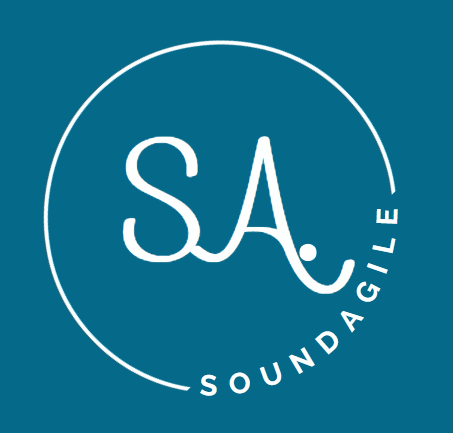In my QValue Portfolio Scoring model, the way we develop the risk model is to focus on our teams. The reason we do that is that teams manifest risk in your organization and if you look at their delivery cadence sprint over sprint you can assess the risk of delivery by quantifying the team’s predictability.
Predictability often becomes a weaponized performance metric, but this is not at all what you should be doing. First, you need to understand that a team’s predictability is a manifestation of the inefficiencies of the organization in general. For example, if there is an inefficiency in the flow of work to teams due to a lack of strategic direction and roadmap, this will manifest itself in team delivery cadence as they jump from one top priority to another.
Risk in the QValue model looks specifically at the cost the risk may entail. We don’t directly look at risk from a delivery date perspective as we are focused on delivering small strategically aligned outcomes that are associated with an expected return which is then compared to the expected cost of acquiring that value. Unpredictable teams, through no fault of their own, have a higher risk of their estimates (and cost) being larger and taking longer to deliver.
Moving to an investment mindset for our technology portfolio we need to assess our expected return relative to the risk to that return from a cost perspective. At some point in time cost may exceed the return. The QValue model provides the framework to make informed decisions on whether to continue investing or move to something else.
If you want to understand where to invest in organizational/process improvements, look no further than the impediments your teams face, from lack of strategic direction, siloed management decision-making, and lack of clear objectives to high levels of technical debt or lack of automation. Your teams are the guiding light showing you where to make organizational process improvements that will support the smooth delivery of valuable technology solutions.




